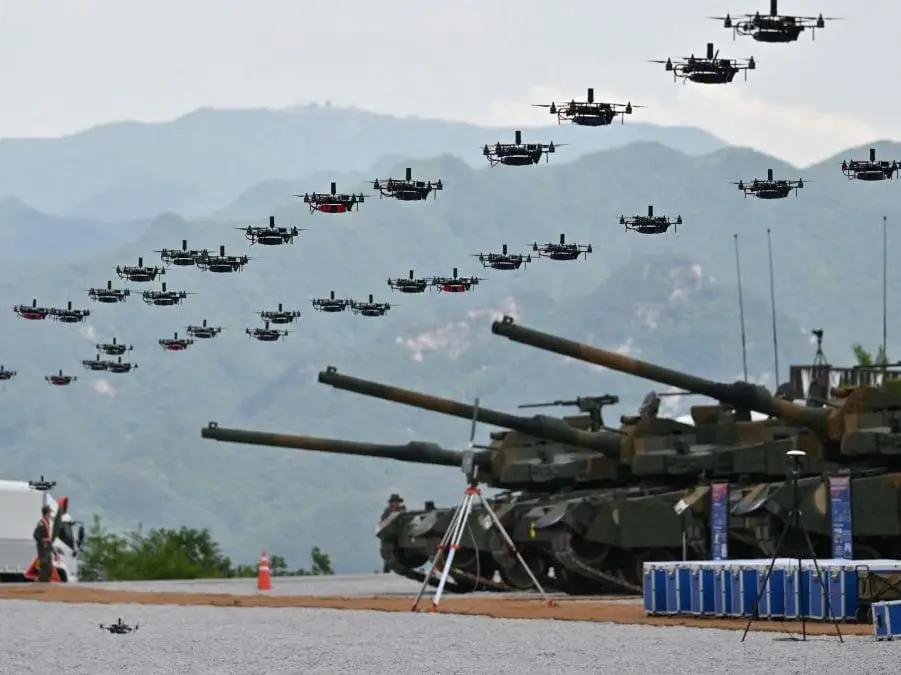The feeling that we belong to something much larger and deeper than ourselves has long been a common human experience. Palaeontologist and Jesuit priest Teilhard de Chardin wrote about “a noosphere” of cognitive realisation evolving towards an “Omega point” of divine planetary spiritualisation. But it is hard to envisage that ever occurring. It is easier to envisage that we belong in an evolving intelligent power that has entered a momentous posthuman dimension though artificial intelligence.
Some futurists believe we are on the way to realising a posthuman world in which we will live on as cyborgs, or in some new embodiment of intelligent power that will absorb and supersede human intelligence. It is no longer fanciful to foresee a future in which we will have everyday interactions with androids that are powered by artificial general intelligence. They will look, move, and seem to think and respond like a human person, be skilled in simulating emotional responses realistically, and greatly out-perform us in mental activities and manual tasks. It may be we will regard them only as tools or mechanical assistants. But from their expression of human-like behaviours we may become attached to them, even to the extent of according them rights. Their design will have to ensure they don’t carry any threat, but will we be able to trust fully that this will remain the case given their technical superiority? And how far can we trust that the military, malicious groups, and rogue states won’t develop androids trained to kill people and destroy property? We know only too well about our human propensity for violent conflict.
It would be ironic if, to gain more power and control over the world, we used our human intelligence to create AI systems and devices which, for all the benefits they bring, end up managing our lives to our detriment, or even controlling us. And irony, as Greek dramatists were well aware, is often a component of fate.





